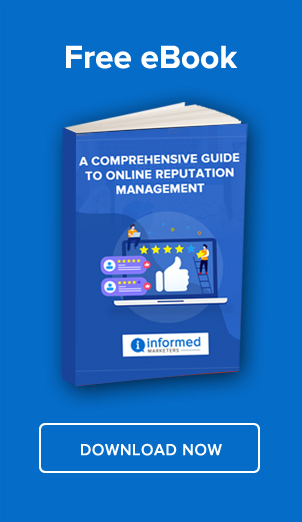Recently, Google search engine results pages (SERPs) experienced a temporary glitch where favicons—the small icons representing websites next to search results—disappeared. Favicons serve as a visual cue that reinforces brand identity and user trust. This unexpected absence sparked discussions within the SEO community, raising questions about SERP design and its effects on user experience.
This blog delves into the impact of the favicon glitch, the technical reasoning behind it, and actionable steps for SEOs and webmasters to maintain search performance amidst such changes.
What Caused the Favicon Glitch?
Google’s search display sometimes adapts for devices with limited processing capabilities, presenting a simplified layout. This version of the SERP omits non-essential elements, including favicons, to reduce load on low-end devices. However, during this incident, users with regular, high-end devices also reported seeing SERPs without favicons, suggesting a broader technical glitch.
According to Google’s VP of Engineering, Rajan Patel, the disappearance of favicons was unintended, but it highlighted Google’s use of various SERP configurations to optimize user experience across devices. These configurations include:
- Optimized layouts for limited devices: Stripping away richer elements on low-performance devices.
- Standard layouts for modern devices: Featuring the full SERP design with favicons and other enhanced elements.
Why Favicons Matter in SERPs
Favicons help users quickly identify familiar brands and websites, enhancing user experience by allowing them to find trusted sources easily. Their sudden absence might disrupt user flow and increase bounce rates, particularly for brands heavily reliant on brand recognition. This small icon plays an integral role in the following ways:
- Brand Recognition
Favicons represent a company’s visual identity. Users can recognize a brand they trust and select it from search results more quickly. - Improved Click-Through Rates (CTR)
Recognizable favicons attract user attention, potentially increasing CTR. Their absence can make it harder for users to distinguish between sites and reduce the likelihood of brand-specific clicks. - User Trust
Seeing a familiar icon can reinforce user trust. The absence of favicons can make some users hesitant, affecting their likelihood to click on a result.
SEO and UX Implications of the Favicon Glitch
With favicons missing, some brands could experience a decline in clicks, particularly if users struggle to distinguish between results or perceive them as less authoritative. This glitch, though temporary, demonstrates how minor visual elements influence user interaction and brand visibility on SERPs.
Recommendations for SEOs in Light of Display Glitches
- Monitor Search Console Data
Keep an eye on Google Search Console to track CTR fluctuations and identify any patterns in user behavior during periods of display changes. - Ensure Strong Meta Descriptions and Titles
While favicons are useful, clear meta descriptions and compelling titles are critical. By providing direct answers to user queries in your meta descriptions, you can help ensure users find your result relevant, even without a favicon. - Build Brand Trust Beyond SERP Icons
Invest in strengthening your online presence beyond SERP icons. Enhance branding on your website, social media, and other platforms to build a trustworthy, recognizable brand identity. - Diversify Content Channels
Favicons serve as a visual marker in Google’s SERPs, but broadening your content reach across other Google services like YouTube, Discover, and Google News can minimize reliance on a single source for visibility.
Conclusion
The November 2024 favicon glitch underscores how seemingly small design elements can significantly influence user experience. While this specific issue has been resolved, it serves as a reminder of the importance of adaptable SEO strategies. SEOs should focus on comprehensive optimization approaches that do not rely solely on specific design elements. Moving forward, staying agile in response to unexpected changes will help ensure continued search performance and user engagement.
FAQs
Q1: What are favicons, and why are they important in SERPs?
A1: Favicons are small icons representing a website in search results. They enhance brand visibility and help users quickly identify trusted sources, potentially improving click-through rates.
Q2: Why did favicons disappear from Google’s SERPs recently?
A2: This was due to a technical glitch where a simplified layout typically meant for low-end devices was shown to all users, inadvertently removing favicons.
Q3: Did this glitch impact search rankings?
A3: No, the favicon glitch did not affect search rankings but may have influenced user interaction and CTR due to a lack of visual brand markers.
Q4: How can I prepare for unexpected SERP design changes?
A4: Focusing on strong meta titles, compelling descriptions, and diverse content channels will help maintain visibility and CTR, even if specific visual elements like favicons are temporarily absent.
Q5: Will Google implement permanent changes affecting favicons?
A5: Google has not indicated any permanent changes. The recent absence of favicons was a glitch, and Google quickly restored the typical display for all users.


